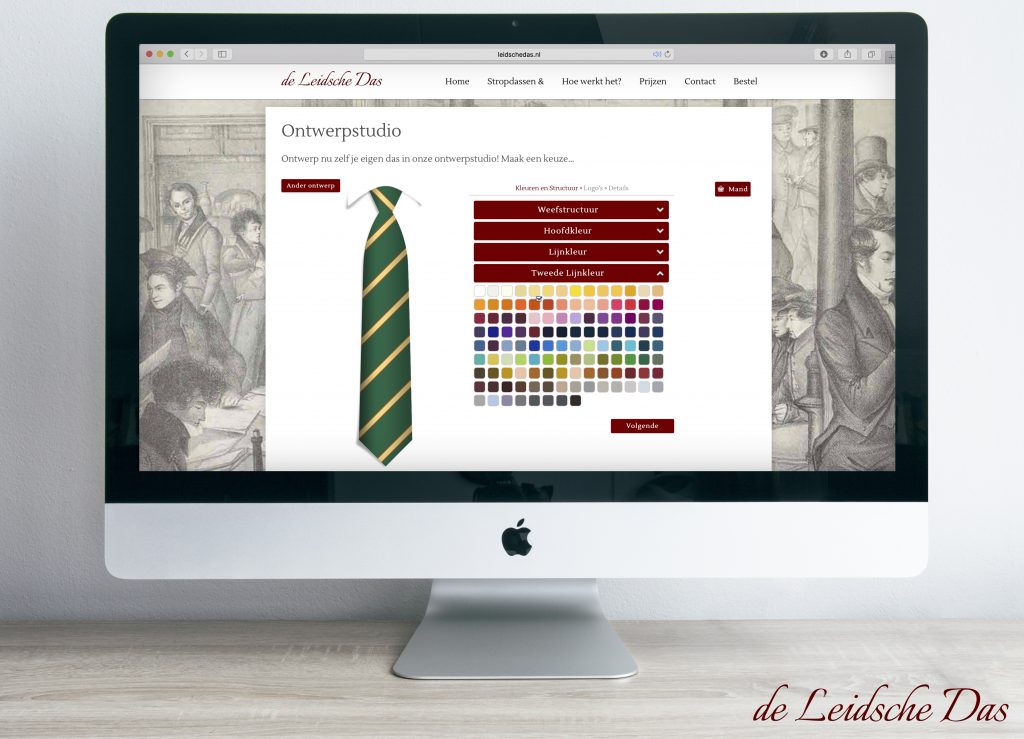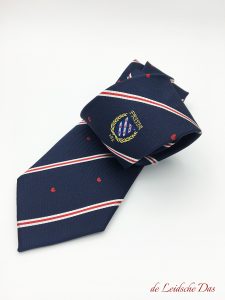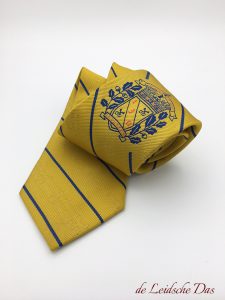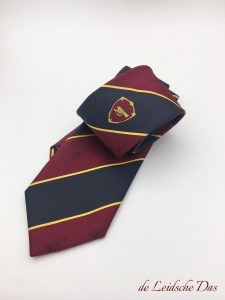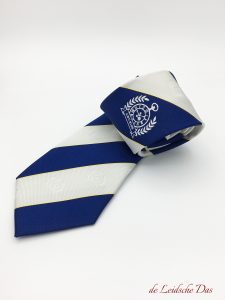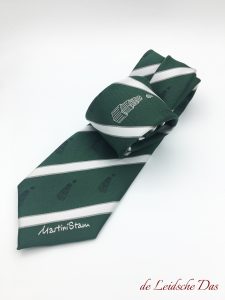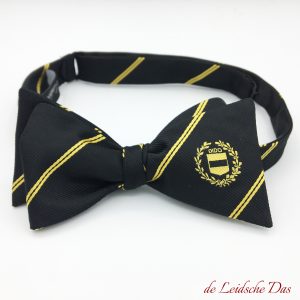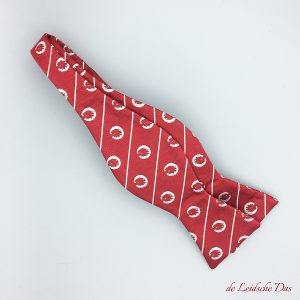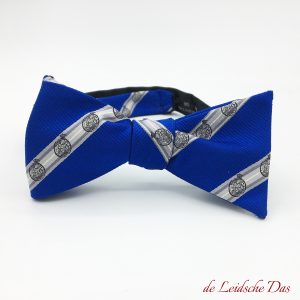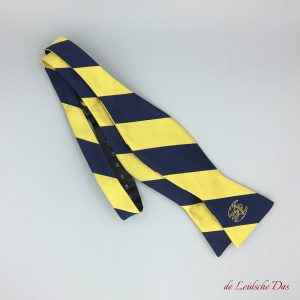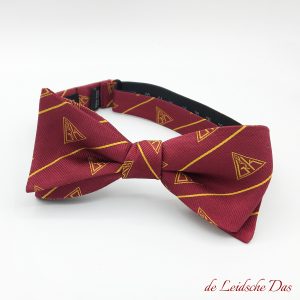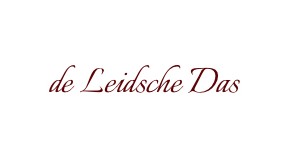The tie history by the Leidsche Das.
Tie history and the evolution over the years.
We are a Dutch company located in The Netherlands and we design and manufacture custom woven neckties and bow ties for companies, army regiments, (student) associations, organizations, (sports) clubs, local government, societies, and the hospitality industry.
Have you ever wondered why men tie a piece of cloth around their necks?
In this article, we would like to tell you more about the history of the tie, and for that, we have to go way back in time.
As far as we’ve been able to determine, it’s very plausible that the history of the tie started in China.
In 1974, the ancient tomb of Qin Shi Huang was discovered. He was the 1st Emperor of China that died in 210 BC and was buried in spectacular fashion. Along with him, the famous Terracotta Army was found.
In the reigns of rulers prior to Qin Shi Huang, it was common practice to kill the entire court upon the death of the ruler, so they could accompany him in the afterlife.
Since the population of Huang’s time had been decimated by war, it was decided to send along with terracotta warriors into the tomb instead of real soldiers.
Surprisingly, these soldiers wore broad scarves wrapped around their necks as you can see in the pictures. While regular soldiers wore what looks like a scarf that was tucked into their suit of armor, officers wore elaborately tied neckcloths.
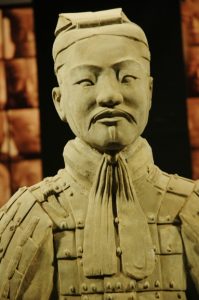
So more than 300 years before Trajan’s legionaries wore scarves the Chinese had already used neckwear and, therefore, we know the Romans were not the first ones to wear a scarf.
As early as 100 A.D., so in the times of the Romans, generals wore a kind of scarf around their neck as part of the uniform. This to show the power they had, and not to lag behind on the Senators.
The Senators in Rome also wore scarves, so-called Fascalia, to keep the vocal cords warm while speaking. But only in the 17th century, the first real ‘ tie ‘ arose.
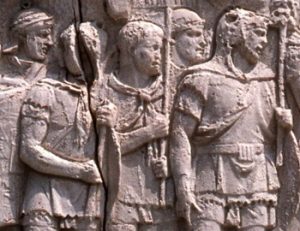
The history of the tie during the 30-year war.
During the 30-year war, Croatian mercenaries were hired by the French king Louis XIII. The mercenaries wore a ‘ scarf ‘ around the neck to ensure that the uniform was tied.
The tie had a functional role, but in addition, it was also a decoration on the uniform. The French were already working with fashion around this time and admired this decoration, on which Louis XIII decided to make it a compulsory accessory on royal occasions.
He called them La Cravate, which descends from the word Croate. This word refers again to the Croatian mercenaries. Soon, French fashion spread over Europe, so that men wore the cravat.
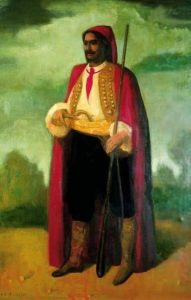
Around the 18th century, a new kind of tie came into vogue, the Stock Tie. Originally it resembled a leather collar and was worn to keep the head straight and protect the blood vessels.
At the end of the 18th century, the cravat came back into vogue by the Macaroni’s. These were fashion-conscious English men who traveled in Europe and took back fashion influences from France to England.

During the industrial revolution, there was a demand for a tie that could easily be worn so that one could work in it.
This was the beginning of the tie that resembles our contemporary tie. The tie was long, narrow, and easy to sling. Around this time the bow tie also arose. Also, the choker came up, a kind of scarf worn in the open board of a shirt.
The more recent tie history.
Jesse Langsdorf, a tie maker from New York came up in 1926 with a method of cutting the fabric on the bias and sewing it in three segments. This technique improved elasticity and facilitated the fabric’s return to its original shape.
At the beginning of the 20th century, the banded tie became more and more in Europe. It was also common practice to wear a tie that was linked to an association, university, or other organization.
Ties were up to 1950 relatively wide and short because they wore a trouser that was above the navel. When the second war was over, the Bold Look ties arose. Very wide ties, sometimes 13 cm wide, which regularly had remarkable prints. This so that the tie was not associated with the military tie, and if not to think of those two terrible wars.

The current tie does not differ drastically from the tie around 1950. The tie has, of course, had different shapes in terms of width and patterns over the last ten decades.
The current trends will also be different in a number of years, but the idea will remain the same as the current and that of the fifties.
From tie history back to the present!
If you are interested in having neckties made in your own personalized design, feel free to contact us we will be happy to discuss the many possibilities for your tie design with you.
